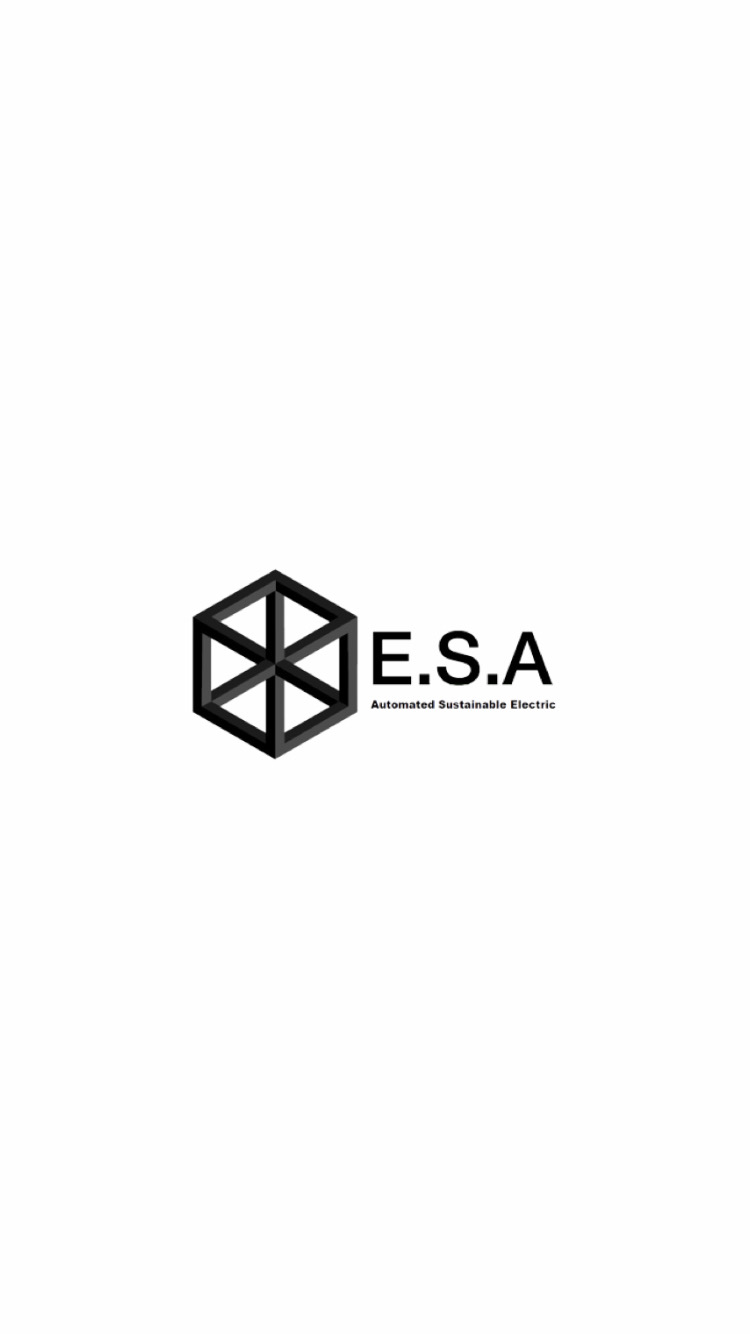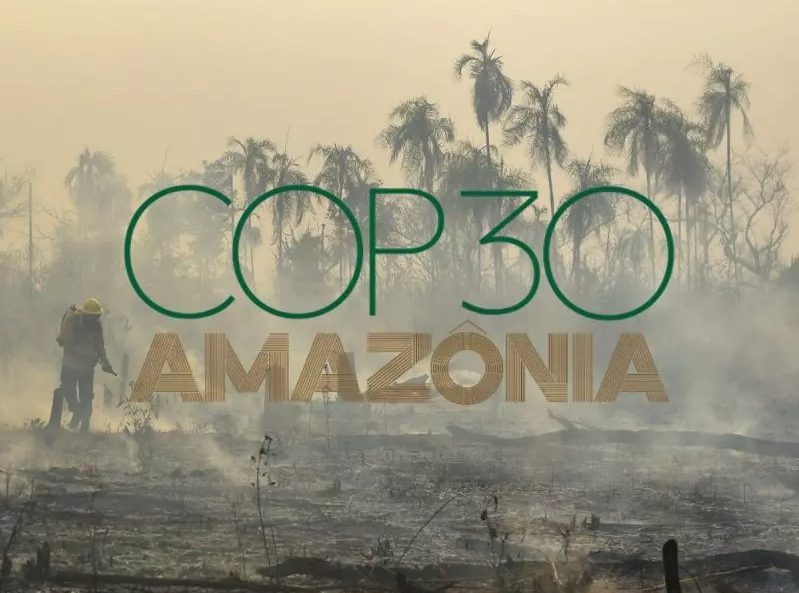Solar Storms: What They Are and How They Can Affect Our Planet
- Elétrica Sustentável Automatizada

- Sep 17
- 4 min read
The Sun, our vital star, isn't always calm. From time to time, it releases gigantic eruptions of energy and particles that travel through space. This phenomenon, known as a solar storm, can have significant impacts here on Earth. But what exactly is a solar storm, and why is it important to us?

The Science Behind the Storm: Solar Flares, Coronal Mass Ejections, and "Coronal Holes"
A solar storm is the result of events on the Sun's surface, which is currently in a period of intense activity. To understand how they form, we need to look at sunspots and what are known as "coronal holes."
Solar Flares: These are sudden explosions that release a colossal amount of radiation (X-rays and ultraviolet radiation). They travel at the speed of light and can reach Earth in just 8 minutes. Although dangerous for astronauts and satellites, Earth's atmosphere protects us from this radiation.
Coronal Mass Ejections (CMEs): These are gigantic clouds of superheated plasma and magnetic fields that are ejected from the Sun. They travel at speeds ranging from hundreds to thousands of miles per second. When a CME heads toward Earth, it can cause a disturbance in our magnetic field, known as a geomagnetic storm.
Coronal Holes: These are open areas in the Sun's upper atmosphere that allow the solar wind—a stream of charged particles—to escape at a much higher speed than normal. Scientists have observed an increase in the frequency of these holes, which causes milder but more regular geomagnetic storms.
It's the interaction of these phenomena with Earth's magnetic field that causes most of the practical effects we experience.

The Earth's Shield: The Magnetosphere
Fortunately, Earth isn't defenseless. Our planet has a powerful natural shield called the magnetosphere, which is generated by the movement of its iron and nickel core. This magnetic field extends tens of thousands of miles into space.
When a plasma cloud from a Coronal Mass Ejection (CME) approaches Earth, it collides with the magnetosphere. Instead of hitting the planet's surface directly, most of the charged particles are deflected toward the poles. This "collision" is what creates the spectacular auroras, which are visible proof that our defense is working. However, the magnetic field isn't perfect. In cases of extremely strong solar storms, some of the energy can penetrate and cause the effects we're familiar with.

New Discoveries: Looking to the Past to Understand the Future
The first detailed observation of a solar storm was made by British astronomer Richard Carrington in 1859. However, new research is revealing that much more powerful solar events have already hit our planet.
The Carrington Event: This historic storm caused the collapse of telegraph systems across Europe and North America, even igniting some stations. The polar auroras, normally visible only at high latitudes, could be seen in unusual places like Colombia and Hawaii.
Evidence in Tree Rings: Recently, scientists discovered evidence of the most intense solar storm ever recorded, which occurred 14,300 years ago. The analysis of tree rings and ice cores showed spikes in radiocarbon and beryllium-10, which are elements generated by the interaction of solar particles with the atmosphere.
Recent Damage: The 1989 solar storm caused a nine-hour blackout in Quebec, Canada. In 2012, a powerful CME passed right by Earth's orbit. Had it hit us, scientists estimate the economic damage could have been in the trillions of dollars.
Why Is There More Concern Now?
The effects of a geomagnetic storm are varied, and with our growing dependence on technology, the concern increases.
Impact on Connectivity: Solar storms can disrupt the operation of communication and GPS satellites, affect aircraft navigation systems, and even damage power grids. The electrical currents induced by the fluctuating magnetic field can overload and burn out transformers. Telecommunications companies and internet providers like Starlink constantly monitor these events, as instability can cause temporary service failures.
Threat to Space Exploration: Astronauts on space missions and on the International Space Station (ISS) are exposed to much higher levels of radiation during solar storms. In these cases, they need to take shelter in shielded areas of the spacecraft.

Current Alert: Solar Storm on the Way
According to the Russian Academy of Sciences' Solar Astronomy Laboratory and NOAA (the U.S. National Oceanic and Atmospheric Administration), a new geomagnetic storm is on its way to Earth and is expected to impact the planet in the coming days. Originating from a coronal stream, the phenomenon is releasing high-speed solar winds in our direction.
The forecast is for a moderate-intensity storm. While there is no indication of serious risks like widespread blackouts, experts warn of possible temporary interference with GPS and radio signals, as well as minor fluctuations in power grids. Critical sectors like telecommunications and energy are on alert, but for the general public, there is no need for panic or drastic measures.

Although solar storms are natural phenomena, they represent a real risk to our society. Thanks to new research and technology, we are more prepared than ever. Agencies like NASA and NOAA constantly monitor the Sun and use computer models to predict potential storms, giving us time to protect our systems. The next major storm may not have the same effect as the Carrington Event, but preparedness is crucial to avoid global-scale disruptions.
Want to know more about this and other topics?






Comments